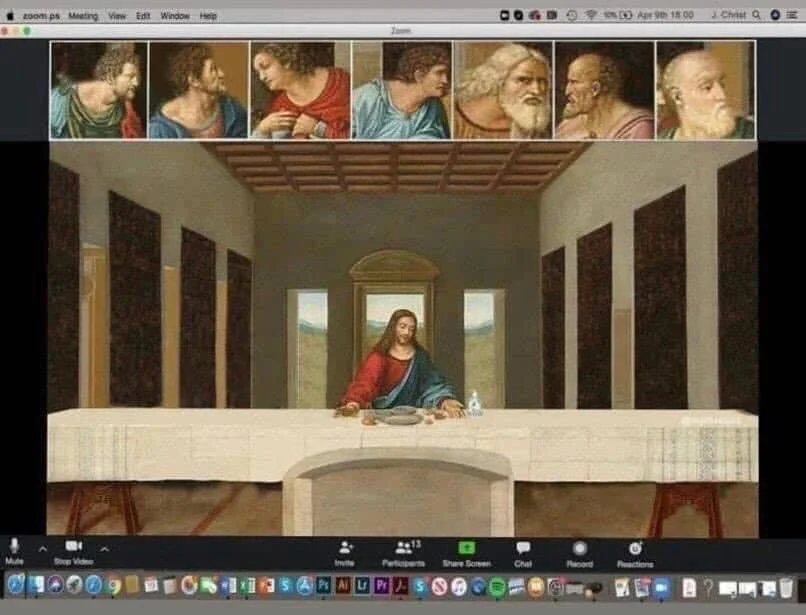For millions of Americans, "The Battle Hymn of the Republic" is as familiar as the national anthem and much easier to sing.
Few would need help with: "Mine eyes have seen the glory of the coming of the Lord. He is trampling out the vintage where the grapes of wrath are stored. He has loosed the fateful lightning of His terrible swift sword. His truth is marching on! Glory, glory, Hallelujah! … His truth is marching on!"
During 1990s fights over updated Catholic liturgies, a Semitic languages professor at Rome's Pontifical Biblical Institute wrote a Battle Hymn for modernists.
This "sanitized" text -- "chanted to no tune in particular" -- declared: "I see God's approach; it is good. God makes wine with God's feet. … Brightness flashes from the decision-making apparatus. God's worldview is currently earning widespread respect. Give honor repeatedly to the god of our tradition. We have owned our values."
Father Paul V. Mankowski put his own name on that First Things piece, since it didn't lance specific institutions or leaders. For decades, Catholics seeking his satirical work learned to look for "Diogenes" at CatholicCulture.org or "Father X" elsewhere.
Mankowski died on September 3 at age 66, felled by a ruptured brain aneurysm. Raised in a middle-class Rust Belt family, he worked in steel mills to pay tuition at the University of Chicago. His advanced degrees included a master's from Oxford and a Harvard University doctorate.
Many researchers, politicos and journalists (like me) knew him through telephone calls and emails, usually seeking documents and statements from nearby Catholic leaders. He was a rarity in the modern age -- a Jesuit conservative -- and his superiors eventually ordered him not to address church controversies. Much of his work was published anonymously or using pen names.
Princeton University's Robert P. George blitzed through years of emails, after hearing about Mankowski's sudden death.
"There are some doozies -- especially the spoofs, send ups and parodies," said George, on Facebook. "His wit was a massive quiver full of poison-dipped arrows, and he was a master archer. … He would not give a pass to fools, frauds, charlatans, hypocrites, rent seekers, time servers, racketeers, manipulators, corrupt scholars, false teachers or weak or craven leaders, especially in the Church."










